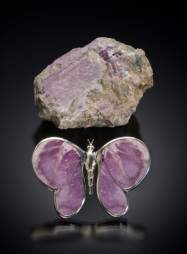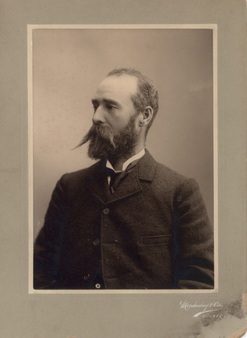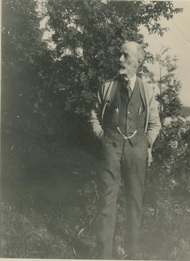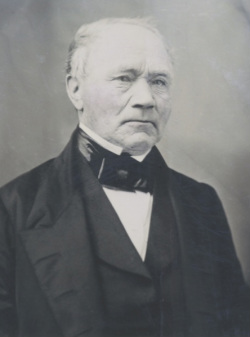
When European settlers first came to this region, they came in part for the promise land. Those who were unlucky enough to wind up with a "farm" on the Canadian Shield found their fields producing more rocks than crops. Wilson's discovery of mica and apatite potential set off a backyard industry in an area where many farmers could scant survive on their agricultural income alone. Within a few years, small pits and trenches appeared in forests and fields across the County. In 1907, William Lees McLaren started what would become one of the largest mica mines in the region. Many of the mica and apatite specimens on display in the Matheson House (and several other items as well) are from McLaren's personal collection. Just as the agricultural promise of Lanark once made way for industry, old mines have become destinations for recreational activity, festivals and tourism. The McLaren mine is now buried beneath a subdivision on, yes, McLaren Street, but the County's gritty past is still alive and well at the Silver Queen heritage mica mine in Murphy's Point Provincial Park (which is also well-represented in the museum display).
There are a number of specimens in the rest of the collection from outside Lanark County. Although the Museum's current mandate is to focus on and preserve our local heritage, the scientific and historical significance of Wilson's collection is undeniable and must be maintained in its entirety. There are also many fine specimens in our collection from other parts of the Ontario's Highlands region, which is largely defined by a single geological environment - the Central Metasedimentary Belt. These specimens can be viewed as being representative of Lanark County geology, but we also hope that these pieces will serve to inspire you to follow in the footsteps of Dr. Wilson and continue to explore the untapped potential for discovery that still exists here.





